It starts like a heartbeat where there shouldn’t be one – an electric thump from the dark that returns, vanishes, and then returns again. Astronomers call them repeating fast radio bursts, and they are among the most puzzling signals we’ve ever caught. Each pulse lasts a blink, yet carries the energy of days of sunlight, and some come back with an unnerving regularity. The mystery splits the scientific community between elegant theories and bold, testable predictions. What we know is solid, but what we don’t know is the thrilling part.
The Hidden Clues
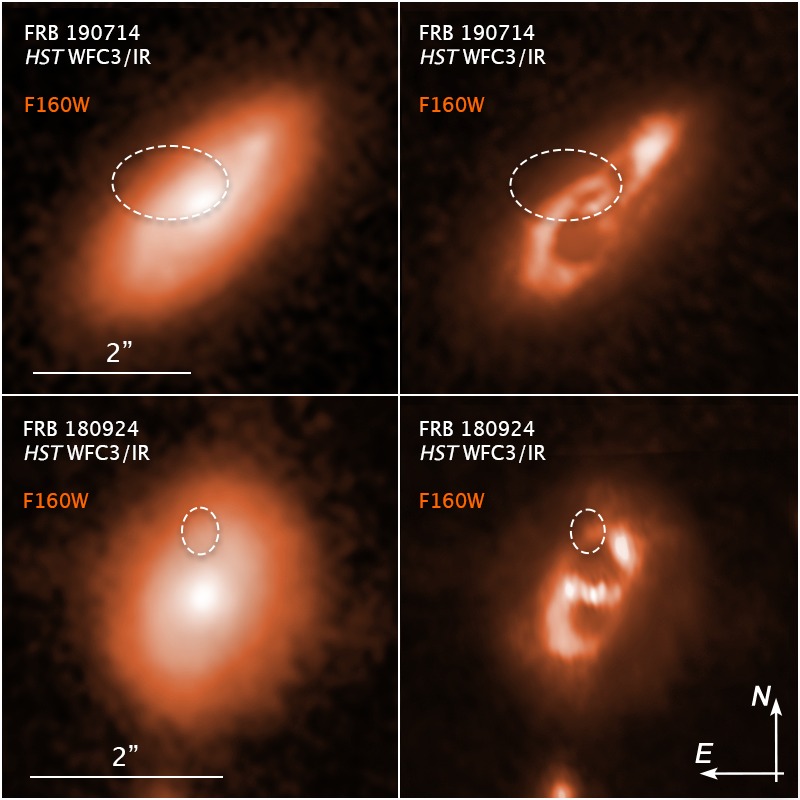
What kind of cosmic engine can fire a millisecond flash that can be seen across billions of light‑years and then do it again? Repeating fast radio bursts, or FRBs, defy the one‑and‑done pattern of many cataclysmic events, hinting at sources that survive their own fireworks. Some show activity windows – weeks when the bursts flare, followed by stretches of silence – like a lighthouse beam sweeping through fog. Others reveal periodic patterns that suggest orbital motion or cycles within the source itself.
Each signal is stretched by the cosmic plasma it travels through, a property astronomers use like a ruler to estimate distance. Polarization and the twisting of the radio waves expose magnetic fields at the source and along the path, a kind of fingerprint from the birthplace. Stack these clues and you get a dossier: not just where the signal came from, but what sort of cosmic neighborhood it inhabits.
The Signal That Wouldn’t Stop
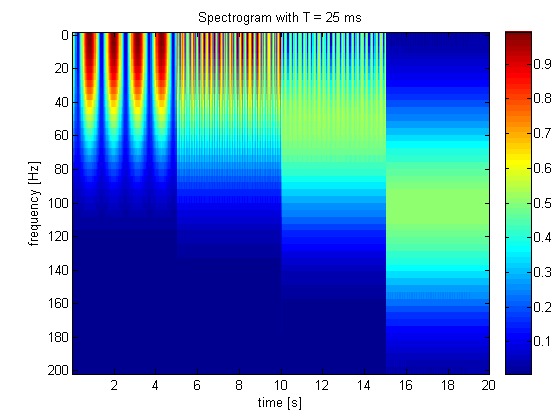
The first repeaters overturned a popular assumption – that FRBs were all singular, catastrophic events. One famous source has a long seasonal rhythm, going quiet for months before roaring back to life, while another hums with a shorter, roughly sixteen‑day cadence. These rhythms act like the ticking of a clock embedded in an extreme environment, narrowing the list of viable explanations. Repetition also lets telescopes keep watch, piling up data instead of relying on luck.
That persistence changed the culture of radio astronomy. Observatories began coordinating around the clock, scheduling dense monitoring campaigns and sharing triggers in real time. Instead of one snapshot, we now collect time‑lapse portraits: bursts that drift in frequency, bunch in clusters, or scatter like rain on a tin roof. Patterns inside those patterns – mini‑echoes, sudden energy jumps – are where the real story hides.
How We Trace a Flash to Its Home
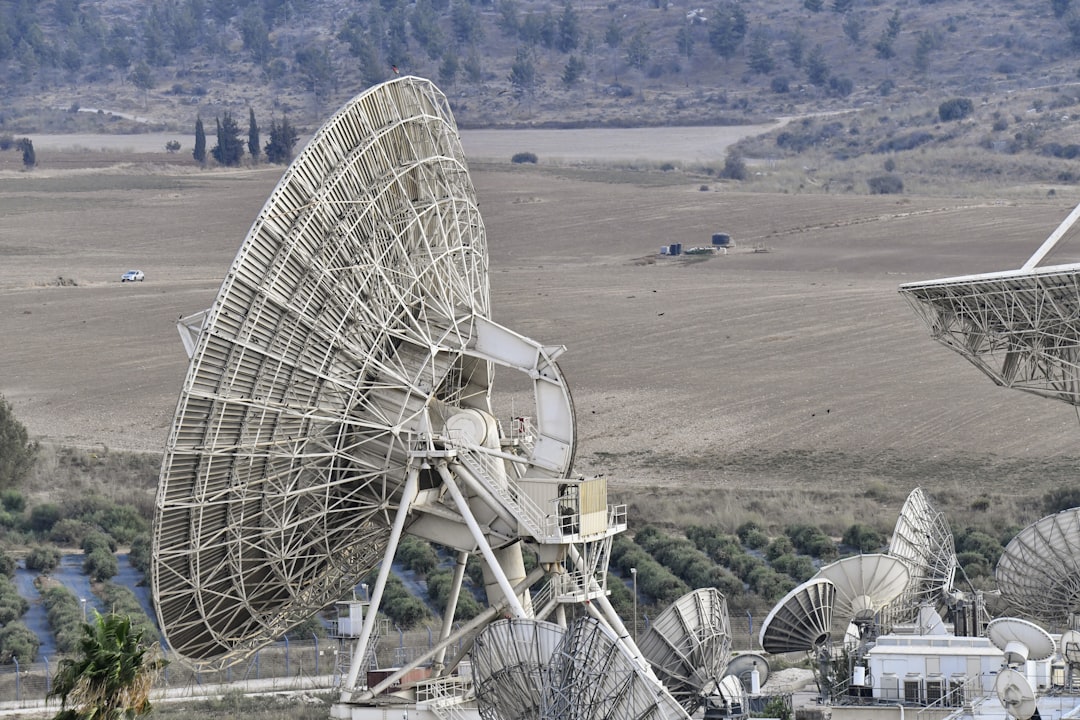
Catching an FRB is one thing; pinning it to a host galaxy is the hard part. Interferometers spread across a continent can triangulate the source to sub‑arcsecond precision, turning a cosmic riddle into a street address. With a location in hand, optical and infrared telescopes scan the scene, revealing whether the burst came from a star‑forming knot, a calm galactic center, or a region still glowing from a past stellar explosion. That context, more than any single burst, drives the physics forward.
Some repeaters sit beside persistent radio glows, possibly nebulae inflated by young, energetic objects. Others live in ordinary spirals, where nothing screams exotic except the bursts themselves. The dispersion of each pulse then becomes a two‑for‑one measurement: part yardstick for distance, part weather report for the intergalactic medium. Each well‑localized repeater turns into a probe of both its birthplace and the material between galaxies.
Competing Origins: Magnetars and More
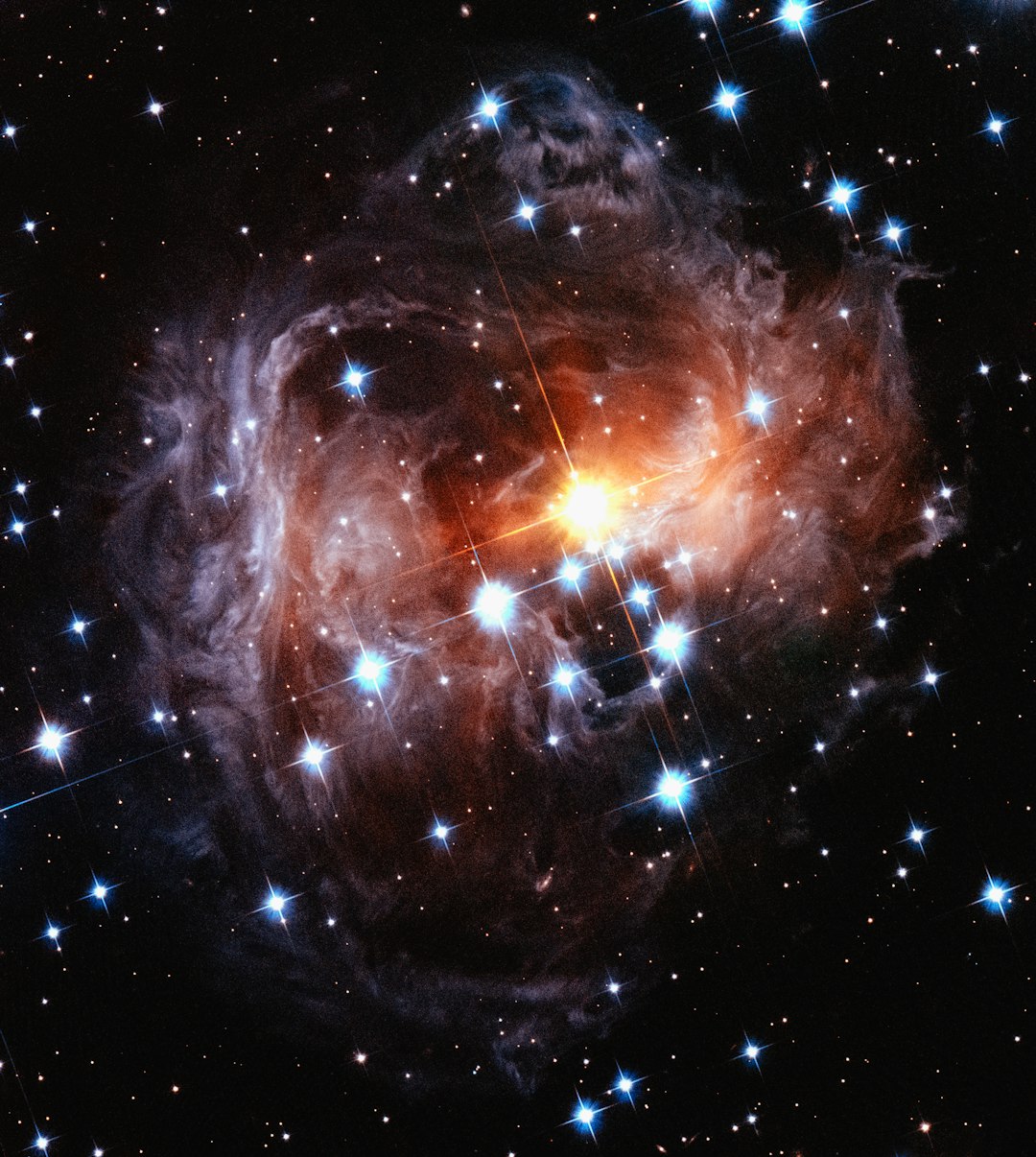
Magnetars – neutron stars with ferocious magnetic fields – top the list of suspects, and for good reason. We’ve seen a Galactic magnetar emit a radio blast with FRB‑like features, proving such engines can work at least once close to home. In the magnetar picture, starquakes or magnetic reconnection trigger the radio flash, sometimes repeatedly, if the star is young and restless. The environment around a newborn magnetar – a messy cocoon of debris and plasma – naturally explains strong scattering and extreme magnetic fingerprints.
Still, not all pieces fit neatly, so alternatives stay on the table. Some patterns hint at binary systems, where orbital motion modulates the bursts like a drummer keeping time. Others point to interactions near massive black holes or to plasma lenses that can magnify and “echo” signals without invoking new kinds of sources. The honest view is cautious but exciting: magnetars likely explain many repeaters, while a minority may arise from different cosmic setups.
Why It Matters
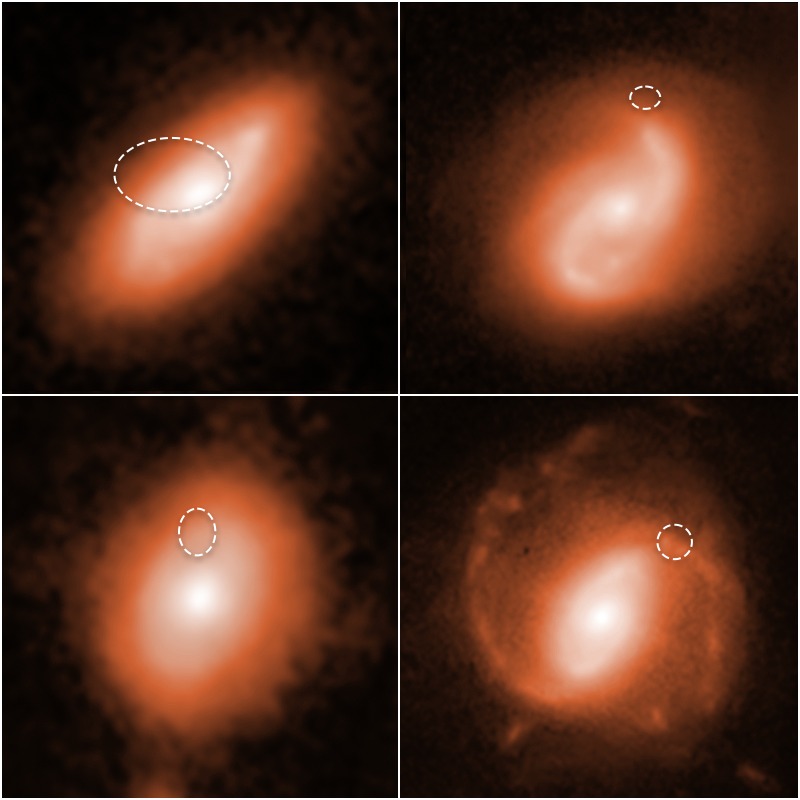
Repeating FRBs aren’t just astronomical curios; they’re precision tools wrapped in mystery. Every burst probes the matter between galaxies, helping map the otherwise invisible plasma that threads the cosmos. Because repeaters offer multiple shots, they allow controlled experiments: watch how signals change over days, months, and years, and you start isolating cause from coincidence.
- They can act as cosmic yardsticks, turning dispersion into estimates of distance and intergalactic gas content.
- Their polarization fingerprints reveal magnetic fields near extreme objects, a regime unreachable in laboratories on Earth.
- Large, diverse samples sharpen tests of fundamental physics, from plasma turbulence to how gravity bends radio waves.
Global Perspectives

This is a truly planetary hunt, stitched together by cables, undersea links, and shared calendars. Northern skies are swept continuously by wide‑field arrays, while southern instruments bring sharper eyes and complementary coverage. China’s giant single‑dish telescope excels at deep listening, Canada’s wide‑angle system excels at catching many events, and South Africa and Australia provide the precise localization that turns a ping into a place. Each facility brings a different strength, and the whole is far more powerful than the parts.
That diversity matters when signals behave differently in different seasons or show up at tricky frequencies. Coordinated campaigns – sometimes spanning continents – catch rare high‑frequency bursts one week and low‑frequency drifters the next. The result is a layered view, like multiple exposures of the same scene revealing structures that any single snapshot would miss. Science moves fastest when the sky never sleeps, and today, it rarely does.
The Future Landscape
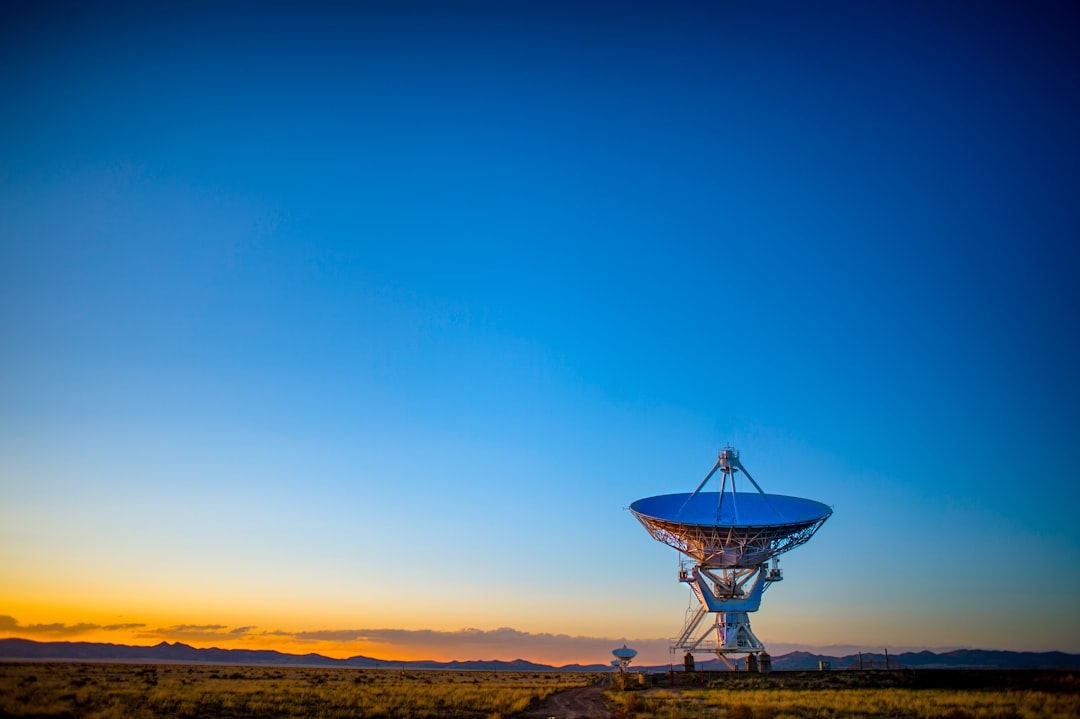
The next wave is about speed, scale, and surgical precision. New arrays and long‑baseline outriggers aim to localize bursts in real time, so optical, X‑ray, and gamma‑ray telescopes can pivot instantly. That rapid choreography could finally capture the elusive counterparts – fading glows, spectral lines, or particle signatures – that tell us exactly what just happened. The payoff is not just a better guess; it’s a decisive fingerprint.
On the data side, smarter algorithms are learning to spot subtle patterns that older pipelines missed, from whisper‑quiet bursts to complex frequency sweeps. But challenges loom: radio interference grows, the data flood threatens to outrun storage, and not every facility can pause everything for a millisecond mystery. Guarding radio‑quiet zones, building robust real‑time networks, and agreeing on open standards will decide whether we surf this wave or wipe out on it.
Opinion: What These Signals Say About Us
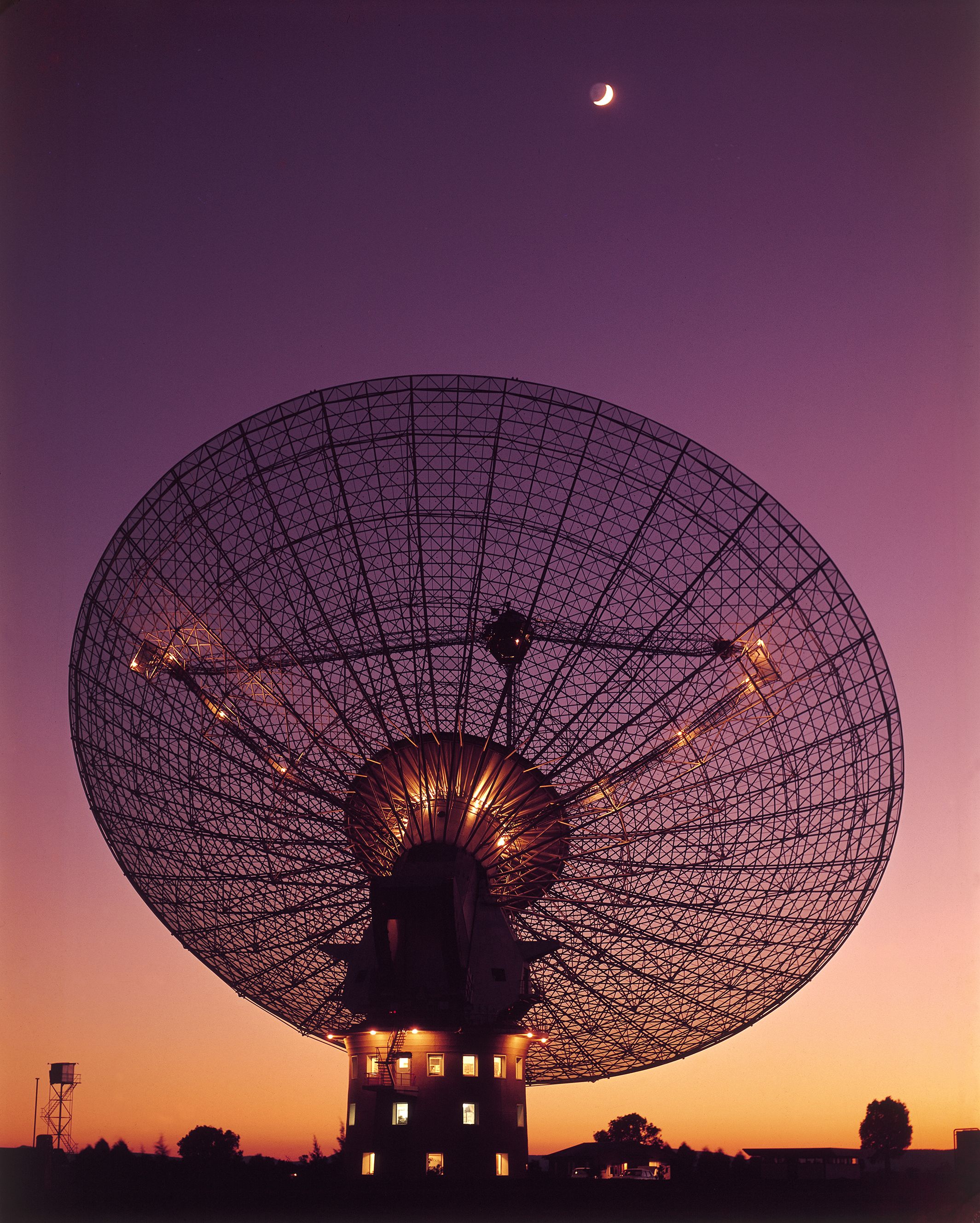
I’m convinced repeating FRBs are a test of scientific patience as much as they’re a test of technology. The story forces us to love the long game, to celebrate incremental wins that add up to clarity. It also nudges us away from the comfort of single‑theory answers; nature may be using more than one engine to light these matches. That’s not a weakness in the field – it’s a sign we’re asking sharper questions.
There’s something humbling about signals that outpace our expectations yet bow to careful measurement. We don’t need them to be messages to be meaningful; they already reveal hidden architecture in the Universe. And if our models have to stretch to fit, good – stretching is how science grows stronger.
Conclusion
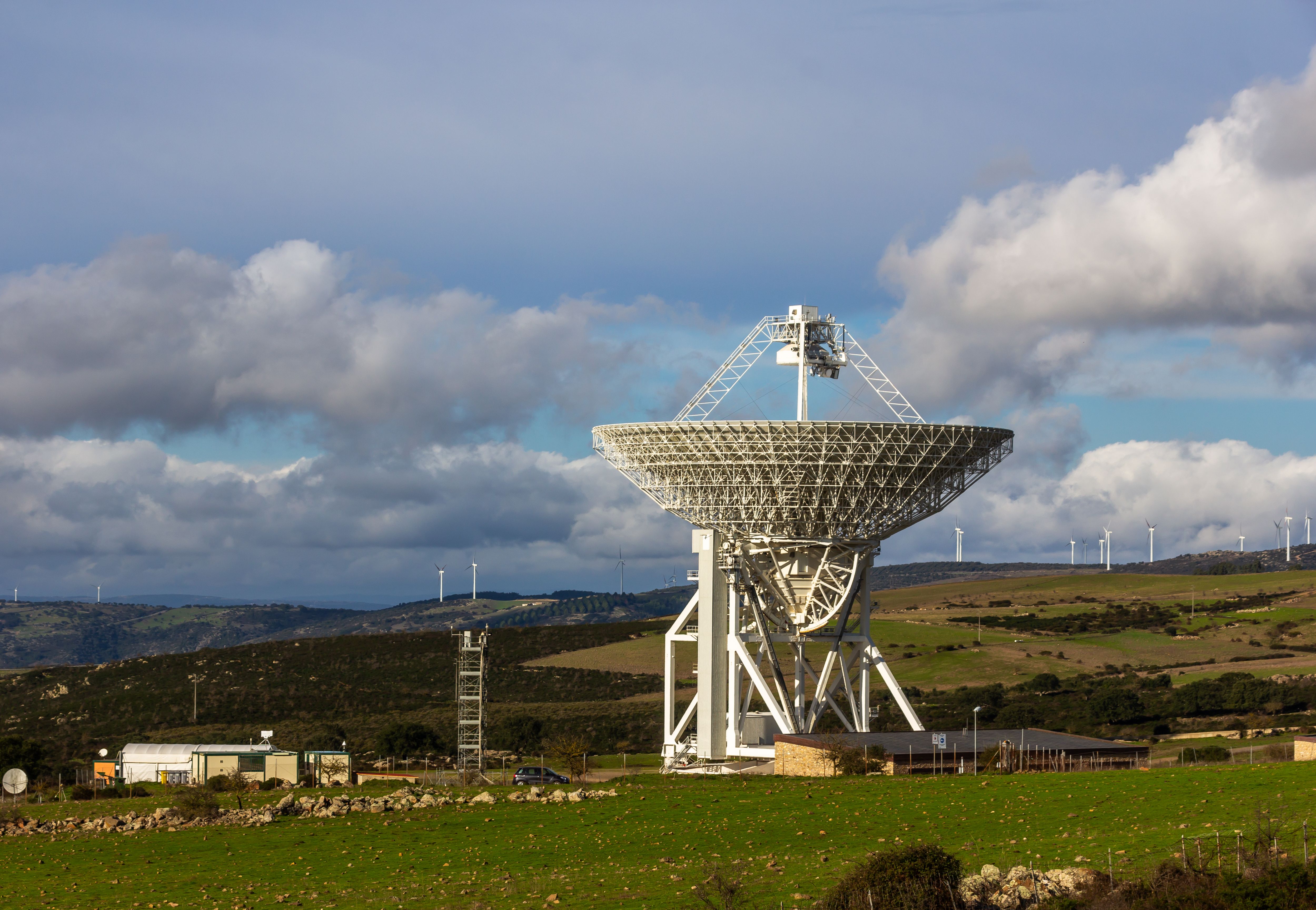
You can help turn this mystery into a measurement by championing the conditions that make discovery possible. Support radio‑quiet protections and science funding when local policies come up for public comment. Explore public data releases and outreach from observatories; many offer citizen‑friendly dashboards and explainers that make millisecond physics feel surprisingly tangible. Teachers and students can fold FRB case studies into classes on waves, magnetism, or data analysis, building the next generation of sky‑listeners.
Curiosity is the catalyst here, and it scales beautifully. Share the story of these repeating heartbeats from the dark, ask hard questions, and keep the conversation going beyond the headline. The more attention we pay, the sharper our instruments – and our ideas – become. So when the next strange pulse arrives, will we be ready to catch its truth?

Suhail Ahmed is a passionate digital professional and nature enthusiast with over 8 years of experience in content strategy, SEO, web development, and digital operations. Alongside his freelance journey, Suhail actively contributes to nature and wildlife platforms like Discover Wildlife, where he channels his curiosity for the planet into engaging, educational storytelling.
With a strong background in managing digital ecosystems — from ecommerce stores and WordPress websites to social media and automation — Suhail merges technical precision with creative insight. His content reflects a rare balance: SEO-friendly yet deeply human, data-informed yet emotionally resonant.
Driven by a love for discovery and storytelling, Suhail believes in using digital platforms to amplify causes that matter — especially those protecting Earth’s biodiversity and inspiring sustainable living. Whether he’s managing online projects or crafting wildlife content, his goal remains the same: to inform, inspire, and leave a positive digital footprint.




